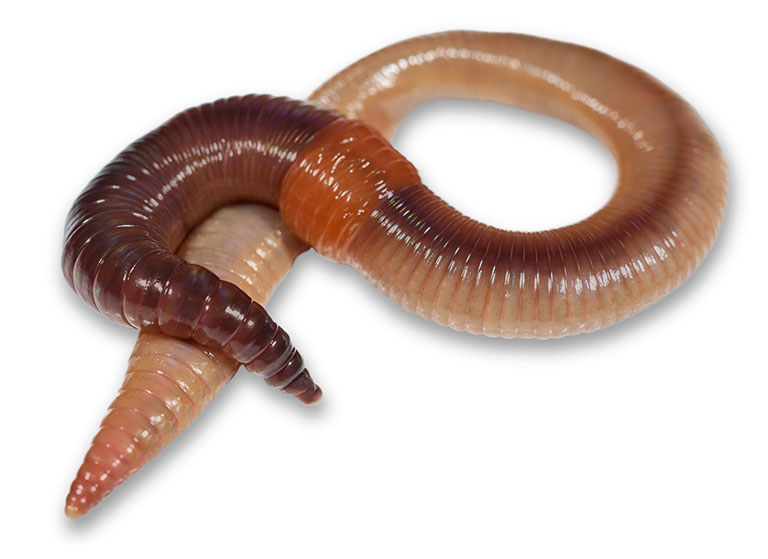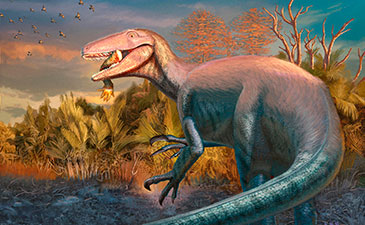1

Gardeners typically welcome earthworms, but not everyone above ground is so happy to have them around. New research has found that in certain North American forests, earthworms are an invasive species that have negative impacts on the diversity of life on the surface. Researchers discovered that the worms’ relentless tunneling changes the biological properties of the soil in ways that native species are not always able to cope with.
2

Photo: Nathan Dumlao/Unsplash
Dogs can understand more than 150 words, but scientists at Duquesne University in Pittsburgh say they communicate with humans through facial expressions as well. The ability to process facial expressions is an essential part of how domesticated canines evolved from wolves. The researchers found that the facial muscles in domestic dog breeds were functionally faster than in gray wolves and, in some ways, mirrored the range found in human faces.
3

The largest comet ever discovered has an icy core about 85 miles across and a mass of 500 trillion tons, making it roughly 100 times bigger than typical comets.
4

An empty frame remains where The Storm on the Sea of Galilee was once displayed at the Isabella Stewart Gardner Museum.
The largest art heist in modern history happened in 1990, when 13 works were stolen from Boston’s Gardner Museum. The purloined paintings included masterpieces by Rembrandt and Vermeer, and yet the thieves left behind the most expensive work in the building—Titian’s The Rape of Europa. More than 30 years later, the artworks have never been recovered despite a $10 million reward.
5

Springdale, Pennsylvania, native Rachel Carson’s book Silent Spring—widely credited with launching the environmental movement—marks its 60th anniversary this year.






